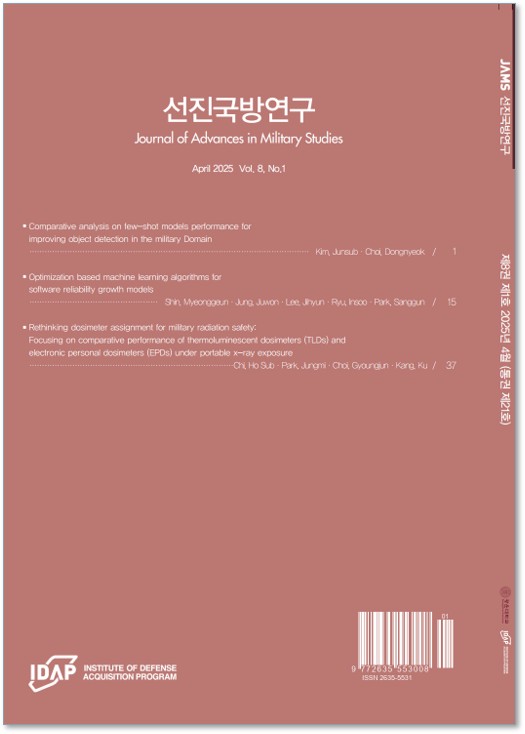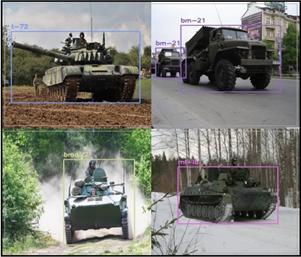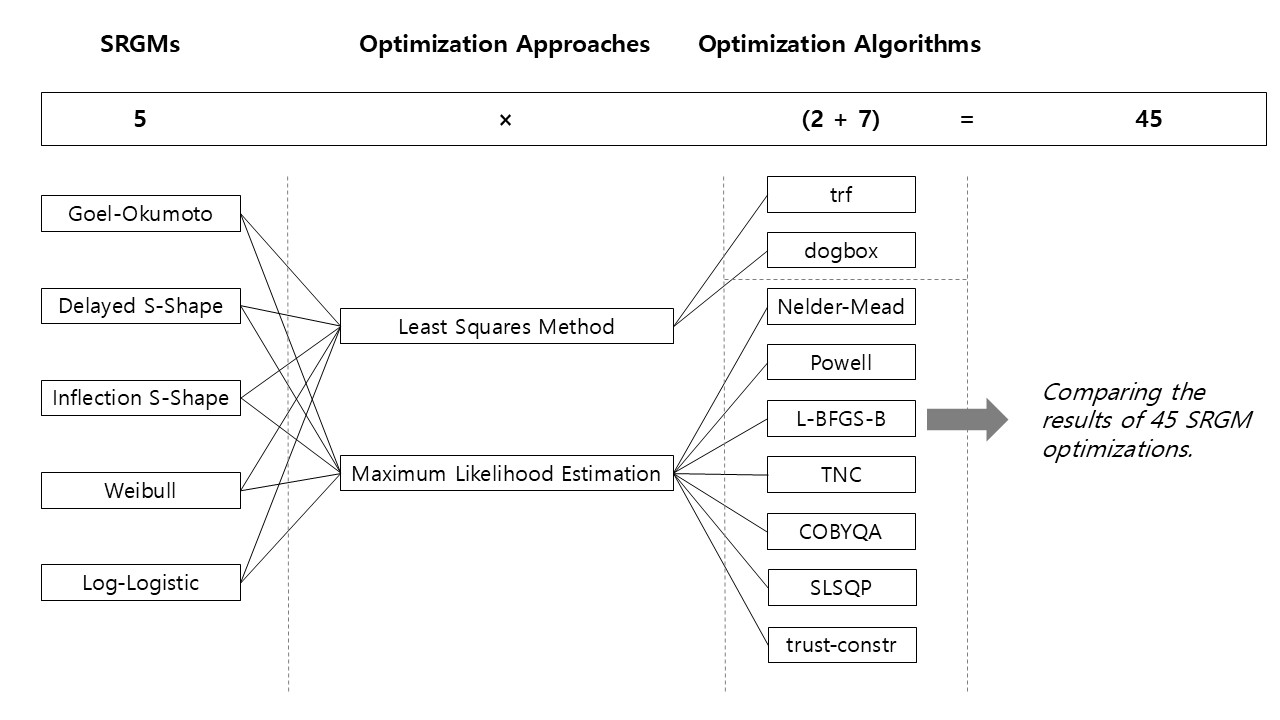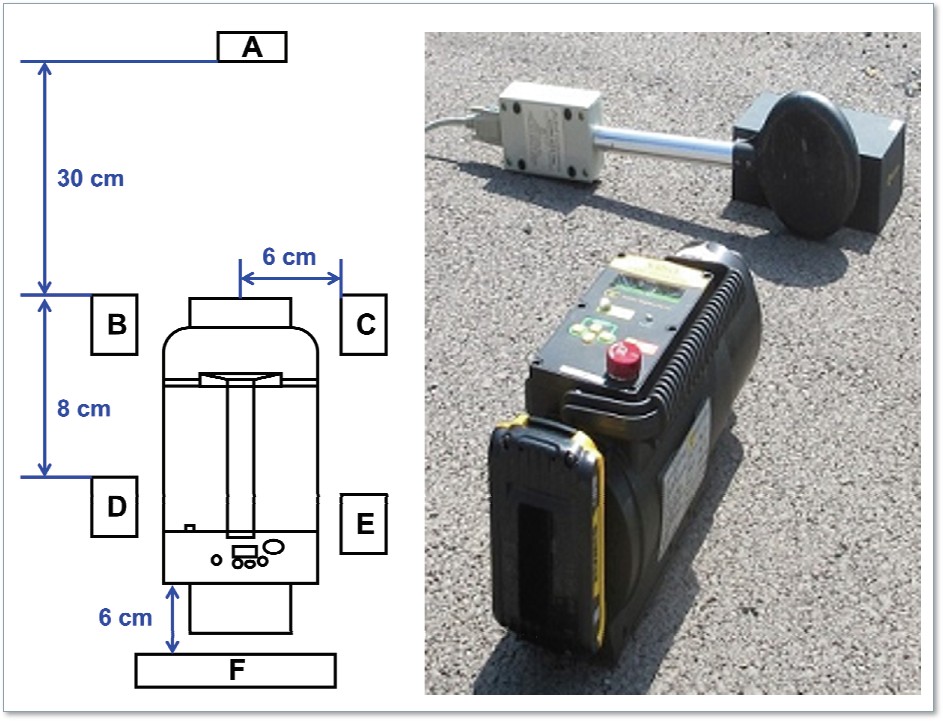Vol. 8 No. 1 (2025): Journal of Advances in Military Studies

The April 2025 issue of the Journal of Advances in Military Studies (JAMS) published three studies.
According to Kim and Choi (2025)' study, it evaluates the effectiveness of Few-Shot Object Detection (FSOD) models for military applications, addressing data scarcity and security constraints. A military vehicle image dataset was used to fine-tune four models—YOLO, DETR, GLIP, and CD-ViTO—under 1-shot, 5-shot, and 10-shot settings. Among them, CD-ViTO showed the highest performance and strong cross-domain generalization, confirming FSOD's potential for accurate object detection in military contexts.
Shin, Jung, Lee, Ryu, and Park (2025) proposes using diverse optimization-based machine learning algorithms to enhance the accuracy of Software Reliability Growth Models (SRGMs), especially for defense applications. Results highlight large performance variations depending on the algorithm, demonstrating the limitations of single-method approaches and emphasizing the importance of diverse optimization strategies for more reliable software prediction.
Lastly, in the study of Chi, Park, Choi, and Kang (2025), it compares thermoluminescent dosimeters (TLDs) and electronic personal dosimeters (EPDs) for military use under portable X-ray exposure. While TLDs offer accurate cumulative dose tracking, they fail at longer distances and low pulse levels. In contrast, EPDs detect radiation reliably across all conditions and provide real-time feedback, making them more suitable for field-based military radiation monitoring. Results support revising current dosimetry practices to enhance radiation safety in military operations.






